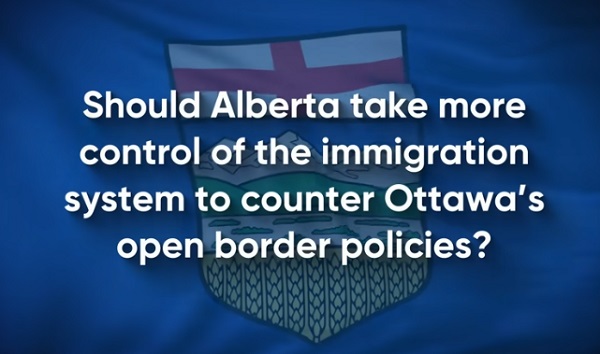Business
Federal government gets failing grade for fiscal transparency and accountability
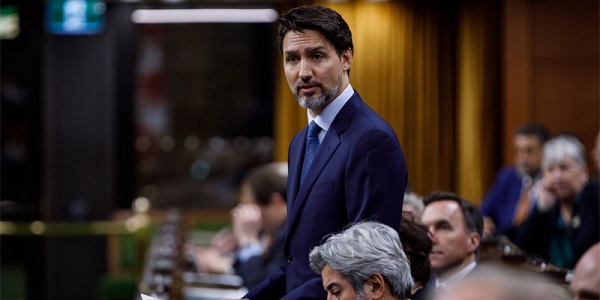
From the Fraser Institute
By Jake Fuss and Grady Munro
Last week, Yves Giroux, the Parliamentary Budgetary Officer, raised a rarely-talked-about issue with the federal government—that is, the release of important fiscal documents is being delayed further and further each year. While at first glance this may not seem like a big deal, it’s a sign of declining transparency—an issue all Canadians should care about.
According to Giroux, the Trudeau government’s failure to yet release this year’s federal public accounts—which will report the final numbers for the 2023-24 fiscal year—“goes against fiscal transparency and accountability” that Canadians should expect.
While budgets outline the government’s plan for spending and revenue each year, the public accounts tell us whether or not the government actually stuck to this plan. Typically, the federal government releases the public accounts in October. Yet we’re entering December and last year’s federal finances remain in question.
Provinces also release public accounts, and though they have in the past displayed a similar tardiness, this year every provincial government has released their public accounts well before the federal government.
Why is this important?
Parliamentarians are expected to make important decisions that affect revenues and spending, yet many of them currently do not have the necessary information to make decisions on behalf of their constituents. Moreover, the federal government makes important commitments—referred to as “fiscal anchors”—to help ensure the sustainability of Canada’s finances. The public accounts are a critical tool for both elected officials and the public to hold government accountable to those commitments. Simply put, these fiscal documents are how we determine whether or not the government is actually staying true to its promises.
Some observers claim the Trudeau government may be intentionally delaying the release of this year’s public accounts to avoid this scrutiny. In its 2023 fall update, and again in the 2024 budget, the government promised to hold the 2023-24 deficit to $40.0 billion. Yet a recent report from the PBO suggests the deficit will instead be $46.8 billion. Since the government might be forced to deliver bad news, Giroux suggested it could be delaying the release “to find a more appropriate time where it gathers less attention.” Those are not the actions of a transparent and accountable government.
The issue of delayed fiscal releases is not limited to the public accounts. The Trudeau government has also released federal budgets later than usual. For example, this year it released the 2024 federal budget on April 16. The budget presents the fiscal plan for the upcoming fiscal year that begins April 1, meaning the federal government didn’t release its plan until more than two weeks after the fiscal year had started. In fact, three of the last four budgets from the Trudeau government have been released after the fiscal year started.
Similarly, the Trudeau government has also heretofore failed to release this year’s fall economic statement, which provides a mid-year update on the government’s budget plan. Again, the government has pushed this release later into the year compared to the past. From 2000 to 2014, no fiscal update was released later than November 22. Yet the Trudeau government has delayed the release of this update into December twice so far (in 2019 and 2021).
Canadians should expect their federal government to release important fiscal information in a timely and transparent manner. Unfortunately, transparency and accountability don’t appear high on this government’s list of priorities.
Business
Trump confirms 35% tariff on Canada, warns more could come

Quick Hit:
President Trump on Thursday confirmed a sweeping new 35% tariff on Canadian imports starting August 1, citing Canada’s failure to curb fentanyl trafficking and retaliatory trade actions.
Key Details:
- In a letter to Canadian Prime Minister Mark Carney, Trump said the new 35% levy is in response to Canada’s “financial retaliation” and its inability to stop fentanyl from reaching the U.S.
- Trump emphasized that Canadian businesses that relocate manufacturing to the U.S. will be exempt and promised expedited approvals for such moves.
- The administration has already notified 23 countries of impending tariffs following the expiration of a 90-day negotiation window under Trump’s “Liberation Day” trade policy.
Diving Deeper:
President Trump escalated his tariff strategy on Thursday, formally announcing a 35% duty on all Canadian imports effective August 1. The move follows what Trump described as a breakdown in trade cooperation and a failure by Canada to address its role in the U.S. fentanyl crisis.
“It is a Great Honor for me to send you this letter in that it demonstrates the strength and commitment of our Trading Relationship,” Trump wrote to Prime Minister Mark Carney. He added that the tariff response comes after Canada “financially retaliated” against the U.S. rather than working to resolve the flow of fentanyl across the northern border.
Trump’s letter made clear the tariff will apply broadly, separate from any existing sector-specific levies, and included a warning that “goods transshipped to evade this higher Tariff will be subject to that higher Tariff.” The president also hinted that further retaliation from Canada could push rates even higher.
However, Trump left the door open for possible revisions. “If Canada works with me to stop the flow of Fentanyl, we will, perhaps, consider an adjustment to this letter,” he said, adding that tariffs “may be modified, upward or downward, depending on our relationship.”
Canadian companies that move operations to the U.S. would be exempt, Trump said, noting his administration “will do everything possible to get approvals quickly, professionally, and routinely — In other words, in a matter of weeks.”
The U.S. traded over $762 billion in goods with Canada in 2024, with a trade deficit of $63.3 billion, a figure Trump called a “major threat” to both the economy and national security.
Speaking with NBC News on Thursday, Trump suggested even broader tariff hikes are coming, floating the idea of a 15% or 20% blanket rate on all imports. “We’re just going to say all of the remaining countries are going to pay,” he told Meet the Press moderator Kristen Welker, adding that “the tariffs have been very well-received” and noting that the stock market had hit new highs that day.
The Canadian announcement is part of a broader global tariff rollout. In recent days, Trump has notified at least 23 countries of new levies and revealed a separate 50% tariff on copper imports.
“Not everybody has to get a letter,” Trump said when asked if other leaders would be formally notified. “You know that. We’re just setting our tariffs.”
Business
Trump slaps Brazil with tariffs over social media censorship

From LifeSiteNews
By Dan Frieth
In his letter dated July 9, 2025, addressed to President Luiz Inácio Lula da Silva, Trump ties new U.S. trade measures directly to Brazilian censorship.
U.S. President Donald Trump has launched a fierce rebuke of Brazil’s moves to silence American-run social media platforms, particularly Rumble and X.
In his letter dated July 9, 2025, addressed to President Luiz Inácio Lula da Silva, Trump ties new U.S. trade measures directly to Brazilian censorship.
He calls attention to “SECRET and UNLAWFUL Censorship Orders to U.S. Social Media platforms,” pointing out that Brazil’s Supreme Court has been “threatening them with Millions of Dollars in Fines and Eviction from the Brazilian Social Media market.”


Trump warns that these actions are “due in part to Brazil’s insidious attacks on Free Elections, and the fundamental Free Speech Rights of Americans,” and states: “starting on August 1, 2025, we will charge Brazil a Tariff of 50% on any and all Brazilian products sent into the United States, separate from all Sectoral Tariffs.” He also adds that “Goods transshipped to evade this 50% Tariff will be subject to that higher Tariff.”
Brazil’s crackdown has targeted Rumble after it refused to comply with orders to block the account of Allan dos Santos, a Brazilian streamer living in the United States.
On February 21, 2025, Justice Alexandre de Moraes ordered Rumble’s suspension for non‑compliance, saying it failed “to comply with court orders.”
Earlier, from August to October 2024, Moraes had similarly ordered a nationwide block on X.
The court directed ISPs to suspend access and imposed fines after the platform refused to designate a legal representative and remove certain accounts.
Elon Musk responded: “Free speech is the bedrock of democracy and an unelected pseudo‑judge in Brazil is destroying it for political purposes.”
By linking censorship actions, particularly those targeting Rumble and X, to U.S. trade policy, Trump’s letter asserts that Brazil’s judiciary has moved into the arena of foreign policy and economic consequences.
The tariffs, he makes clear, are meant, at least in part, as a response to Brazil’s suppression of American free speech.
Trump’s decision to impose tariffs on Brazil for censoring American platforms may also serve as a clear signal to the European Union, which is advancing similar regulatory efforts under the guise of “disinformation” and “online safety.”
With the EU’s Digital Services Act and proposed “hate speech” legislation expanding government authority over content moderation, American companies face mounting pressure to comply with vague and sweeping takedown demands.
By framing censorship as a violation of U.S. free speech rights and linking it to trade consequences, Trump is effectively warning that any foreign attempt to suppress American voices or platforms could trigger similar economic retaliation.
Reprinted with permission from Reclaim The Net.
-

 Also Interesting2 days ago
Also Interesting2 days ago9 Things You Should Know About PK/PD in Drug Research
-
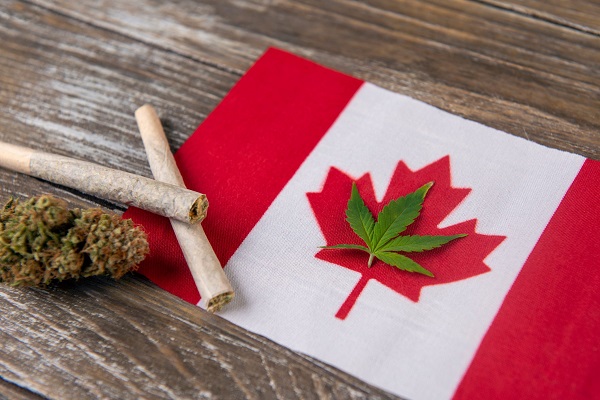
 Business2 days ago
Business2 days agoCannabis Legalization Is Starting to Look Like a Really Dumb Idea
-

 Business2 days ago
Business2 days ago‘Experts’ Warned Free Markets Would Ruin Argentina — Looks Like They Were Dead Wrong
-
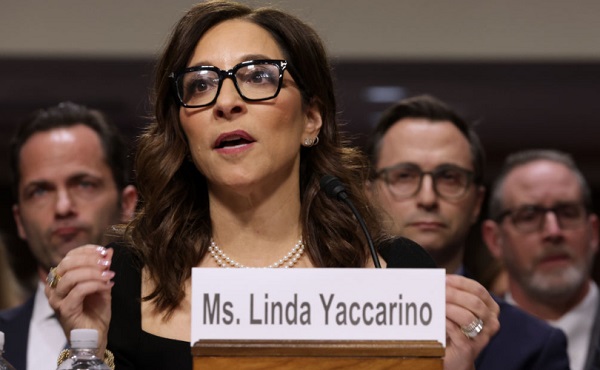
 Business2 days ago
Business2 days agoWEF-linked Linda Yaccarino to step down as CEO of X
-
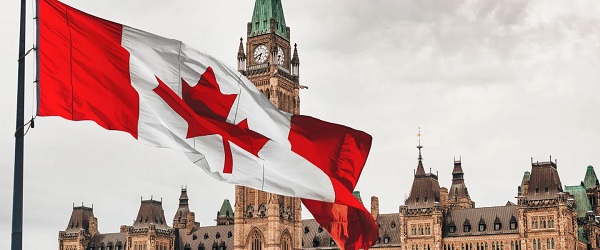
 Business1 day ago
Business1 day agoCarney government should recognize that private sector drives Canada’s economy
-

 Bruce Dowbiggin1 day ago
Bruce Dowbiggin1 day agoThe Covid 19 Disaster: When Do We Get The Apologies?
-

 Media1 day ago
Media1 day agoCBC journalist quits, accuses outlet of anti-Conservative bias and censorship
-

 Automotive2 days ago
Automotive2 days agoAmerica’s EV Industry Must Now Compete On A Level Playing Field





